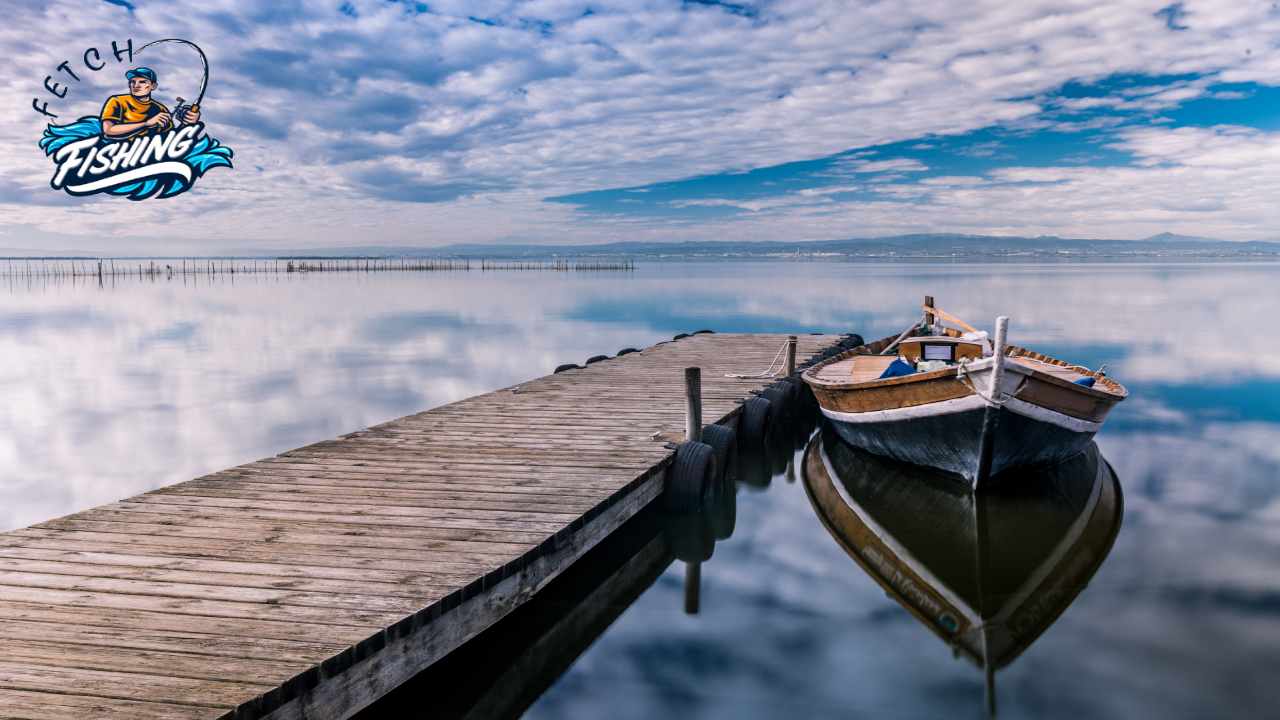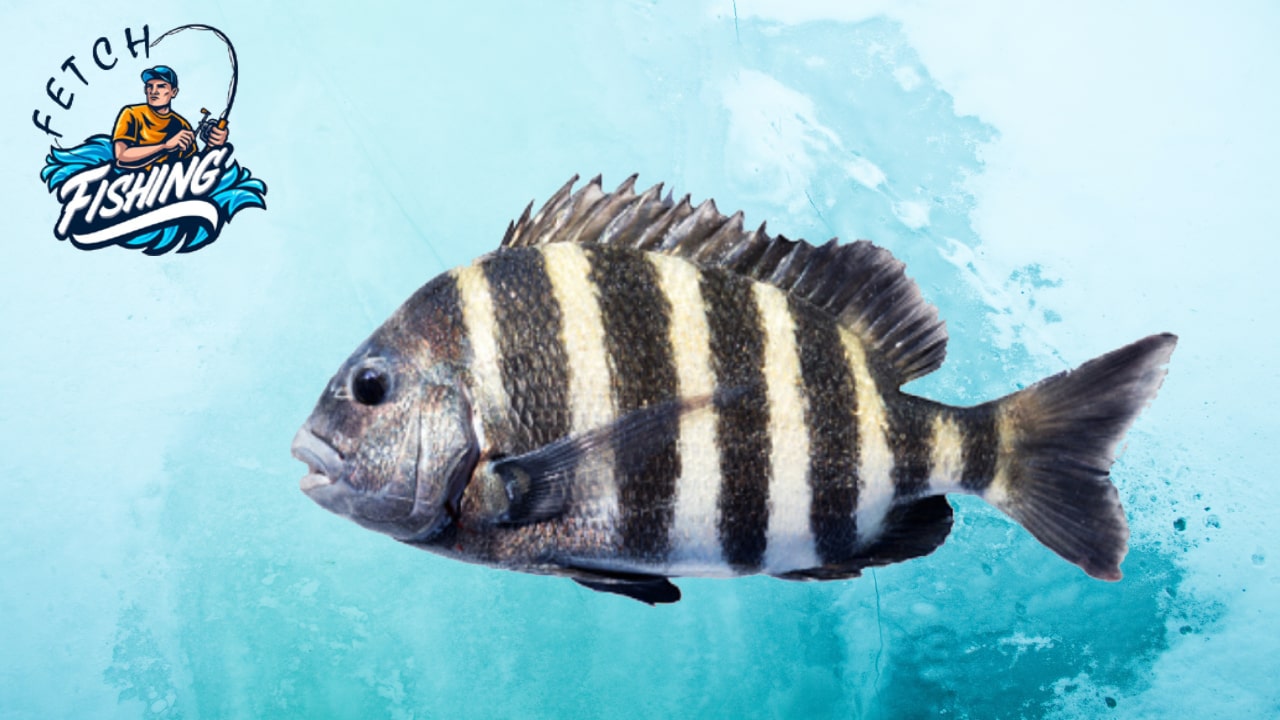
One of the first things beginning fishermen should be aware of is the fact that there are dozens, if not hundreds, of different types of fishing knots. The second thing new fishermen should know is that by mastering the four fundamental fishing knots outlined below, they can have a terrific day of fishing.
Read out All the Different Types of Fishing Knot you Should Use Going Fishing
Palomar Knot
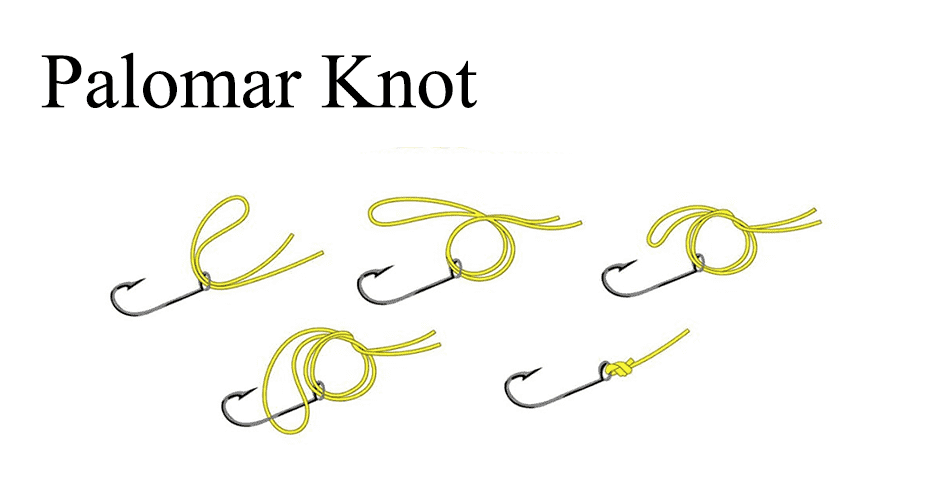
Without a doubt, the Palomar Knot is the most widely used of simple fishing knots. It is not just among the strongest knots on the list, but it is also among the simplest to learn. The ideal way to tie this kind of knot is to use a braided fishing line to secure your hook. Become familiar with the Palomar Knot:
- Six inches of the line should be doubled, then inserted through the eye of your fishing hook.
- Also, the hook should dangle loosely after tying an overhand knot in the doubled fishing line. Never bend the lines.
- Pass the loop’s end over the hook by bringing it down.
- Eventually, to tie a knot and clip the surplus line, wet the line and pull both ends together.
Rapala Knot

The easiest fishing knot for securing lures to fluorocarbon lines is the Rapala knot. Its name comes from the business that created the knot, and it only requires five easy steps to tie it properly:
- Five to six inches above your fishing line’s tag end, tie an overhand knot.
- After passing the tag end through the lure or hook’s eye, tie an overhand knot with it.
- Then, put your tag end through the rear of the overhand knot after wrapping your standing line three times.
- After that, pass the tag end through the loop you just created in the preceding step.
- To tighten the knot, pull on the main line, tag end, and hook or lure.
Hangman’s Knot
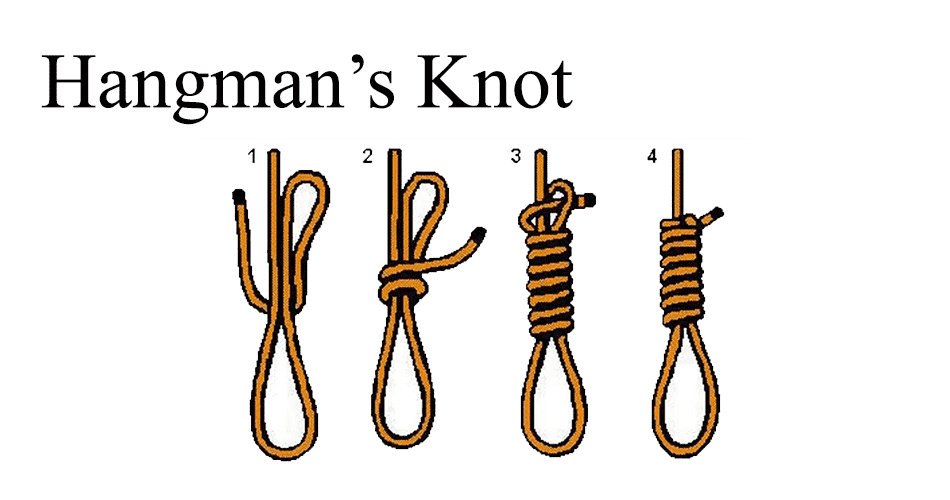
While this type of knot is adaptable and maybe one can use it in various fishing situations, it works best with monofilament and terminal equipment. Also, the hangman knot is a simple fish hook knot that works well for securing your line to your reel.
- To double back, run your line through the eye. It ought to result in a circle.
- Wrap the tag end six times around the double line before pulling through the loop.
- After that, wet your line and tighten it by pulling on your main line.
- Lastly, draw the main line to slide the knot to the hook or swivel’s eye.
Surgeon’s Knot
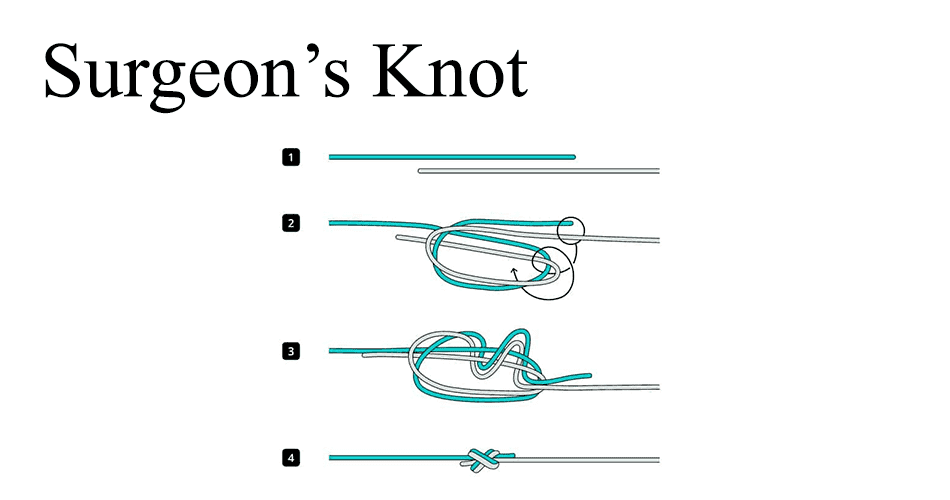
If the Palomar knot is the simplest fishing knot to use when linking lines of various weights, the surgeon’s knot (or double surgeon’s knot) is without a doubt the simplest fishing knot to use when securing a line to hoot.
- Firstly, place your main line close to your leader line.
- Pushing your main line’s long piece and leader through the loop will create an overhand knot.
- By putting the previous ends through your loop, tie a second overhand knot.
- After wetting the line, tug all ends to tighten it gradually.
- At last, Trim your tags at the end to complete.
You should now be able to tie fishing knots without difficulty after reading these knot-tying tips. Which of these simple knots will you employ on your upcoming sea voyage? In our next section, you’ll discover more about various fishing rigs and knots.
Single knot
It is thought that fishers utilize this kind of tie more frequently. Although the line is strong and simple to create, its resistance can suffer as a result.
It is advisable to make more turns when using monofilament or multifilament to increase roughness. Eventually, for mono and between 10 and 12 laps per lap for multi, it is adequate to take roughly five turns per lap. The steps are as follows:
- Make a lade by threading the line through the eye of the hook
- Make four or five twists in the line that passes through the eye
- Pull it on and tighten it at the opposite end
- With the main line, approach the eye knot and firmly tighten it.
- Always remember to cut the ends.
Blood knot
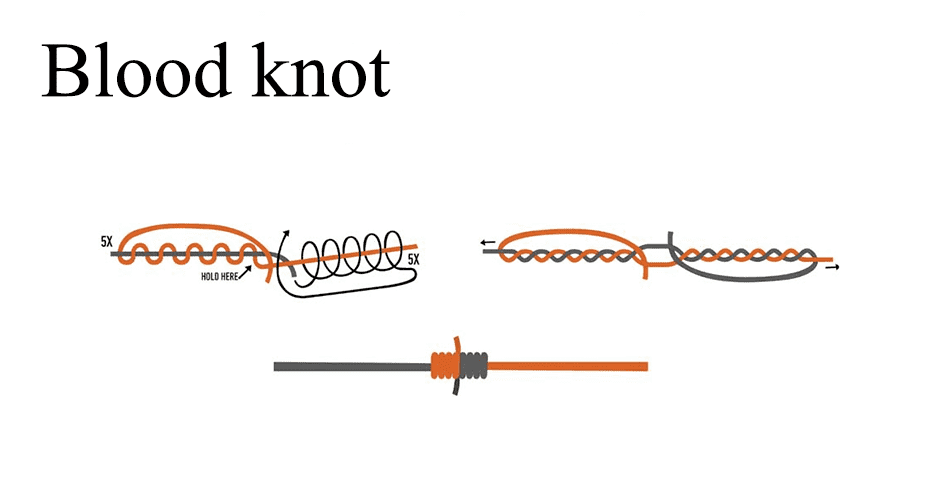
Use the knot to patch two lines with comparable or equal dimensions since it is exceedingly resilient. This does not reduce strength or results, in contrast to other moorings. You will see the steps below:
- The jointed lines’ tips should be firmly held
- Retract through the middle and interlace the right end
- Do out the procedure with the opposite end
- Compact the scraps
- At last, pull the two points anticlockwise.
Eight Knot
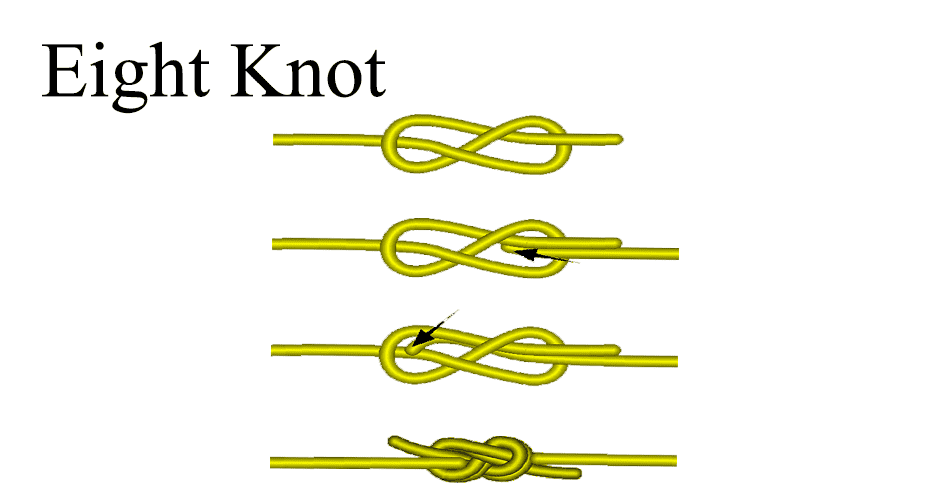
It is an eight-bandage bandage, as its name suggests. It is the perfect option for locking beads or tying terminals with steel cables because it is simple to do and undo.
This knot is often used in both rappelling and sailboats. The instructions in detail are below:
- Fold the line’s tip into a handle with the tip facing upward
- Cross the below-mentioned line; direct it to the opposite side
- Including the handle’s tip
- Be sure to securely pull and crush the ends.
Triene Knot
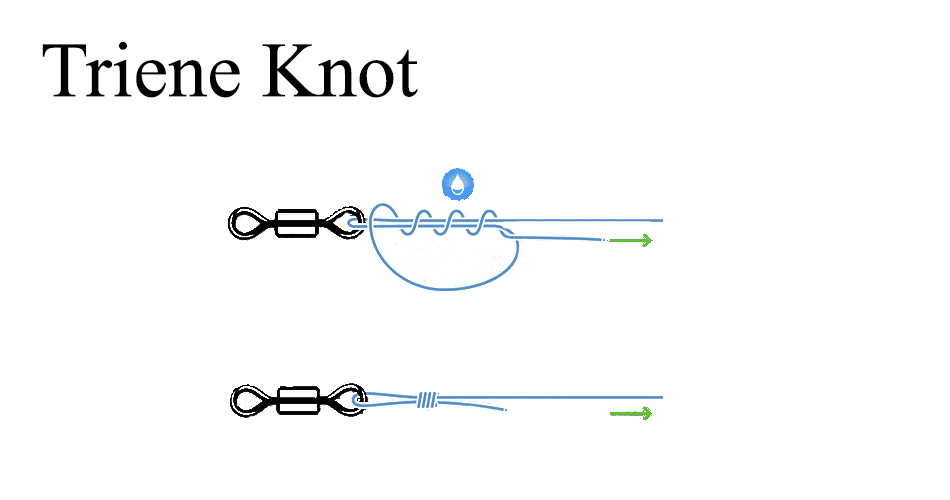
To secure objects to the end of the line, one can generally use a hook, spinner, or distorter. It is simple to run on despite offering considerable initial resistance. Here are the steps below:-
- Pass the line twice into the eye of the hook;
- Repeat the line four or five times;
- After passing the tip through the arch,
- The line must be tightened;
- The ends must be trimmed.
Albright Knot

The fishing node on this list is particularly difficult for individuals with little experience. Yet, a lot of fishers assert that it is crucial.
Further, Albright mostly creates steel connections or seams between lines of differing thicknesses. The line keeps its initial strength properties. The steps are given below:
- Ensure that the position of the thin line is inside the largest handle.
- After several revolutions, combine the thick and thin lines.
- The hairline’s tip should be inserted within the handle.
- Pull the line and tighten the thread.
- Trim the surplus.
Homer Rhode Loop Knot
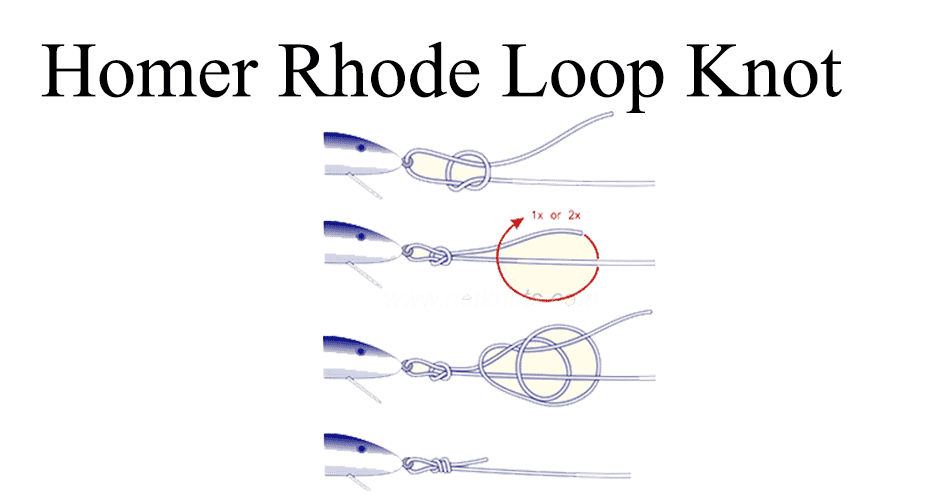
This knot makes a loop to hold the hook or artificial bait more naturally, which draws the fish’s attention. It is advisable for fishing with thicker lines and bigger fish because of its high strength. The steps are below:
- 10 centimeters above the line’s tip, make a half-turn
- The line should be passed via the object’s eye
- Insert the line’s tip inside the loop
- Lightly tighten the knot to draw it nearer the target
- Tie a second knot by wrapping the line’s tip around the main and securing it firmly
- Pulling the main line will join the two knots.
Surgeon Node
If two nodes have various thicknesses, it is also feasible to patch two lines with varying thicknesses. Yet, they must have similar widths otherwise the machinery risked losing some resistance. Below you will see how to proceed step by step:
- The two lines should be 8 to 10 centimeters apart;
- Make the loop with both lines as if they were a single line.
- Repetition once the loop opens
- Tighten the knot and make sure both ends of the lines are securely fastened.
- Trim the ends.
Knot For Reel
The node reel, as its name suggests, shows where to tie the line. It is crucial to tie the tips in this scenario, leaving them firmly linked to the knot. To start the process you will find the steps below:
- Bend the line’s end and tie a three-turn knot to create a loop.
- Verify that the reel has been completely bound by the loop.
- Tighten the reel’s knot once the main line pulls.
- Ensure it trims the ends neatly all the way around the knot.
Making The Perfect Knot: Tips and Tricks
After mastering the fundamental knot-making techniques, you can utilize some advice to increase resistance to abrasion and, ultimately, your outcomes.
To avoid the knot coming undone or the equipment breaking, it would be ideal to be careful when handling the line.
Working with Very Different Lines Should Be Avoided
It would be better if you stayed away from knots with lines of significantly different diameters. Also, this distinction influences the outcome and makes it challenging to run the node. But, if you need to join lines, you should select the node types recommended for this circumstance.
You Want Your Line to Be Just a Short Line.
When tying the node, whenever possible, start with a line that is as long as possible. It provides you with a larger line domain for execution as well as a more cozy finalization amount for the node as a result.
Be Sure To Trim The Tips
Make sure the knots’ ends are neatly cut, and at the very end, take out any superfluous thread. Also, trimming the tip can stop the line from twisting and harming the fishery.
Stay Away From The End of The Line
There shouldn’t be any extra lines. Heat has the potential to harm both the knot and the line.
Note the look of the node.
The knot is exquisite and well-made. Check the lines at the end of the node to see if they are bent, highlighted, or uneven.
Lubricate the line regularly.
Even though some fishermen are adept at employing this method, lubricating the line with saliva or water may improve the node’s execution and performance. Moreover, moisture aids in preventing friction-related line damage.
You Need to Check It Out If You Plan to Fish There.
You can only start fishing after passing a test. Even if the node seems to be in good shape and you have already exercised with the lashes, it is crucial to ensure it has maintained the line. By gently pushing the linked components, you can check their resistance.
Conclusion
Spend less time beautifying this handbook and more time learning fishing knots. Try the models, decide which suits your fishing style the best, and work hard in the gym!
Moreover, after some practice and assurance, you’ll be able to tie the knot quickly and accurately when out on the water casting a line. Also, a good fisherman needs to know how to create and use the key fishing nodes to increase his fishing results and catch big brutes.
Frequently Asked Question
How Do You Tie Your Fishing Knots?
It is among the most popular knots and is also famous for both its strength and simplicity. The best option is to tie a Palomar knot on a braided fishing line.
Is There an Easy Fishing Knot?
Hangman’s Knot
It works well for fish hooks and is one of the simplest knots to tie to a reel. Double back the line after passing it past your eye. A circle should come from this. Also, six times through the loop after wrapping the tag end around the double line.
What Knot Is the Most Secure?
The constrictor knot is one of the best binding knots. It could be difficult to untie knots that have been tighter. One end of a clove hitch is stuck under the other.
What Is the Best Knot for Rigging?
Show/stage riggers can utilise the Minters Hitch to lower big, awkward motors from catwalks, etc. Minters Hitch around a strong bar and then fastens it to the motor with a tie. Unhook the motor from the minter’s hitch and lower it.
Do You Know What the Hardest Knot Is to Tie?
This knot’s nickname is double fisherman’s knot, but people also call it by the name of a moniker. It’s simple to tie. Although the ties are simple, they might be challenging to untie. Use of knots like the double fisherman to connect ropes or cords.
What Role Do Knots Play in Fishing?
You need to know what kind of knots will work to attract fish if you want to tie a line securely to a hook, bait, or another piece of fishing equipment. You can do the following to make sure everything is correct.
Fishing Loop Knots: Why Do You Use Them?
Loop knots are necessary when fishing with moving artificial lures, such as walk-the-dog lures.
What Is the Best Knot That Won’t Slip?
Two ropes of the same size are joined together with a square knot. The knots are pretty simple to tie, however, they can be difficult to untie after you’ve done so.
